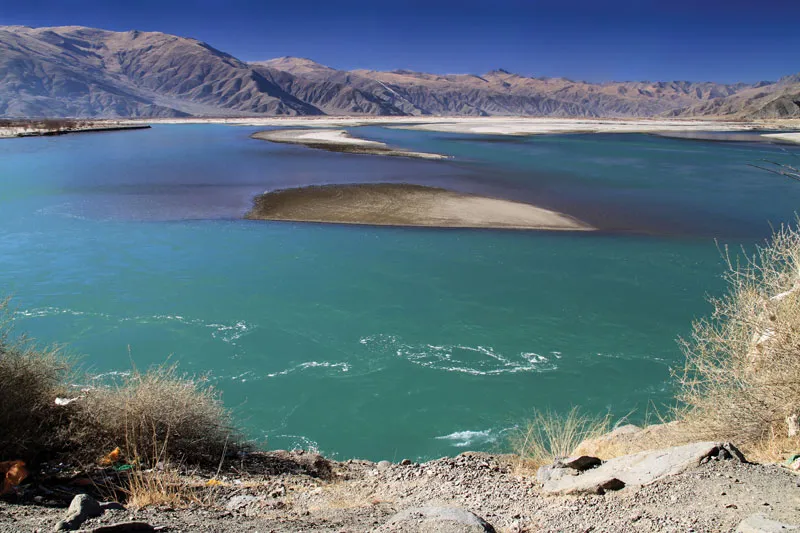
The Brahmaputra River, one of the most majestic waterways in Asia, holds a significant place in the hearts of those who dwell along its banks and in the minds of travelers seeking adventure and natural splendor. Originating from the Himalayas and traversing through the diverse landscapes of Tibet, India, and Bangladesh, the Brahmaputra River boasts a rich history, unique biodiversity, and vibrant cultures that have thrived along its shores for centuries.
Join us on a journey to explore the wonders of the Brahmaputra, from its geographical significance to the conservation efforts aimed at preserving its pristine beauty.
1. Introduction to the Brahmaputra River
History and Significance
The Brahmaputra River, also known as the Tsangpo-Brahmaputra, holds a significant place in the history and culture of the regions it flows through. Originating from the Himalayas, it meanders through China, India, and Bangladesh, serving as a lifeline for millions of people.
Overview of the River’s Route
The Brahmaputra’s journey begins in Tibet as the Tsangpo River, where it carves through the rugged terrain before entering India through Arunachal Pradesh. It then flows through Assam, merging with the Ganges in Bangladesh before finally emptying into the Bay of Bengal.
2. Exploring the Geographical Significance
Formation and Origin of the Brahmaputra
The Brahmaputra’s origins can be traced back to the melting glaciers of the Himalayas. As the snow and ice melt, the river swells in size, shaping the landscape and providing fertile soils for agriculture along its banks.
Impact on the Surrounding Landscape
The Brahmaputra’s waters have sculpted breathtaking gorges, valleys, and floodplains, creating diverse ecosystems and habitats. The river’s seasonal floods are both a blessing and a curse, as they bring fertility to the land but also pose challenges for local communities.
3. Wildlife and Biodiversity Along the River
Unique Flora and Fauna Species
The Brahmaputra River basin is teeming with a rich variety of flora and fauna, including the endangered Gangetic dolphin, Bengal florican, and Asian elephants. The wetlands along its course provide vital habitats for migratory birds and other wildlife.
Conservation Challenges and Efforts
Despite its ecological importance, the Brahmaputra faces numerous conservation challenges such as pollution, habitat destruction, and overexploitation of resources. Conservation efforts by governments, NGOs, and local communities aim to protect the river’s biodiversity and promote sustainable practices.
4. Cultural Heritage and Communities
Indigenous Tribes and Traditions
The Brahmaputra River basin is home to a diverse array of indigenous tribes with unique cultures, languages, and traditions. These communities have a deep connection to the river, relying on it for sustenance, transportation, and spiritual beliefs.
Historical Sites and Landmarks
Along the banks of the Brahmaputra, one can find ancient temples, monasteries, and archaeological sites that reflect the region’s rich cultural heritage. From the Ahom dynasty’s monuments in Assam to the historic mosques in Bangladesh, the river valley is a treasure trove of history waiting to be explored.
5. Adventure and Activities on the Brahmaputra
River Rafting and Water Sports
Get ready to ride the waves and feel the rush of adrenaline with river rafting on the Brahmaputra. Whether you’re a beginner or a seasoned pro, the river offers thrilling rapids and stunning scenery for an unforgettable experience. Water sports enthusiasts can also indulge in kayaking, canoeing, and even river cruising to explore the beauty of the Brahmaputra.
Trekking and Exploration Opportunities
Embark on a journey of discovery as you trek along the banks of the Brahmaputra River. From lush forests to charming villages, there are endless opportunities for exploration and adventure. For the intrepid traveler, trekking routes around the river provide a unique perspective of the landscape and its diverse flora and fauna.
6. Best Time to Visit and Tour Options
Seasonal Considerations for Travel
The best time to visit the Brahmaputra River is during the winter months, from November to February, when the weather is pleasant and ideal for outdoor activities. Monsoon season, from June to September, brings heavy rains and high water levels, making it challenging for travel. Plan your trip accordingly to make the most of your Brahmaputra adventure.
Popular Tour Packages and Itineraries
Explore a range of tour packages and itineraries tailored to suit every traveler’s preferences. Whether you prefer a leisurely cruise along the river, a thrilling rafting expedition, or a cultural immersion experience, there are options to cater to all interests. From day trips to extended tours, discover the beauty of the Brahmaputra in a way that suits your travel style.
7. Conservation Efforts and Sustainability
Environmental Initiatives and Projects
Support conservation efforts along the Brahmaputra River by learning about local environmental initiatives and projects. From river clean-up drives to biodiversity conservation programs, there are various ways to contribute to the preservation of this vital ecosystem. Get involved and make a positive impact during your Brahmaputra adventure.
Community Involvement in Preservation
Engage with local communities and understand their role in preserving the Brahmaputra River. By supporting community-based conservation projects and sustainable tourism practices, visitors can help ensure the long-term sustainability of the river and its surrounding areas. Learn from the locals and be a responsible traveler to promote the well-being of the Brahmaputra ecosystem.
8. Tips for a Memorable Brahmaputra River Tour
Packing Essentials and Gear Recommendations
Pack smart for your Brahmaputra River tour with essential items like sunscreen, insect repellent, comfortable clothing, and sturdy footwear. Depending on your activities, consider bringing water sports gear, trekking equipment, and a camera to capture the breathtaking moments along the river. Be prepared for adventure and make the most of your experience with the right gear.
Cultural Etiquette and Responsible Tourism Practices
Respect local customs and traditions when visiting the communities along the Brahmaputra River. Practice responsible tourism by supporting local businesses, minimizing waste, and being mindful of your environmental impact. Embrace the cultural diversity of the region with an open heart and a spirit of appreciation for the rich heritage that surrounds the Brahmaputra.As we conclude our exploration of the Brahmaputra River, may the memories of its scenic beauty, cultural richness, and ecological importance linger in your mind. Whether you are drawn to its tranquil waters for a leisurely cruise or seek the thrill of adventure along its rapids, the Brahmaputra offers an unforgettable experience that leaves a lasting imprint on all who embark on its waters. Let the spirit of conservation and appreciation for this remarkable river guide your future travels and inspire a deeper connection to the natural world around us.


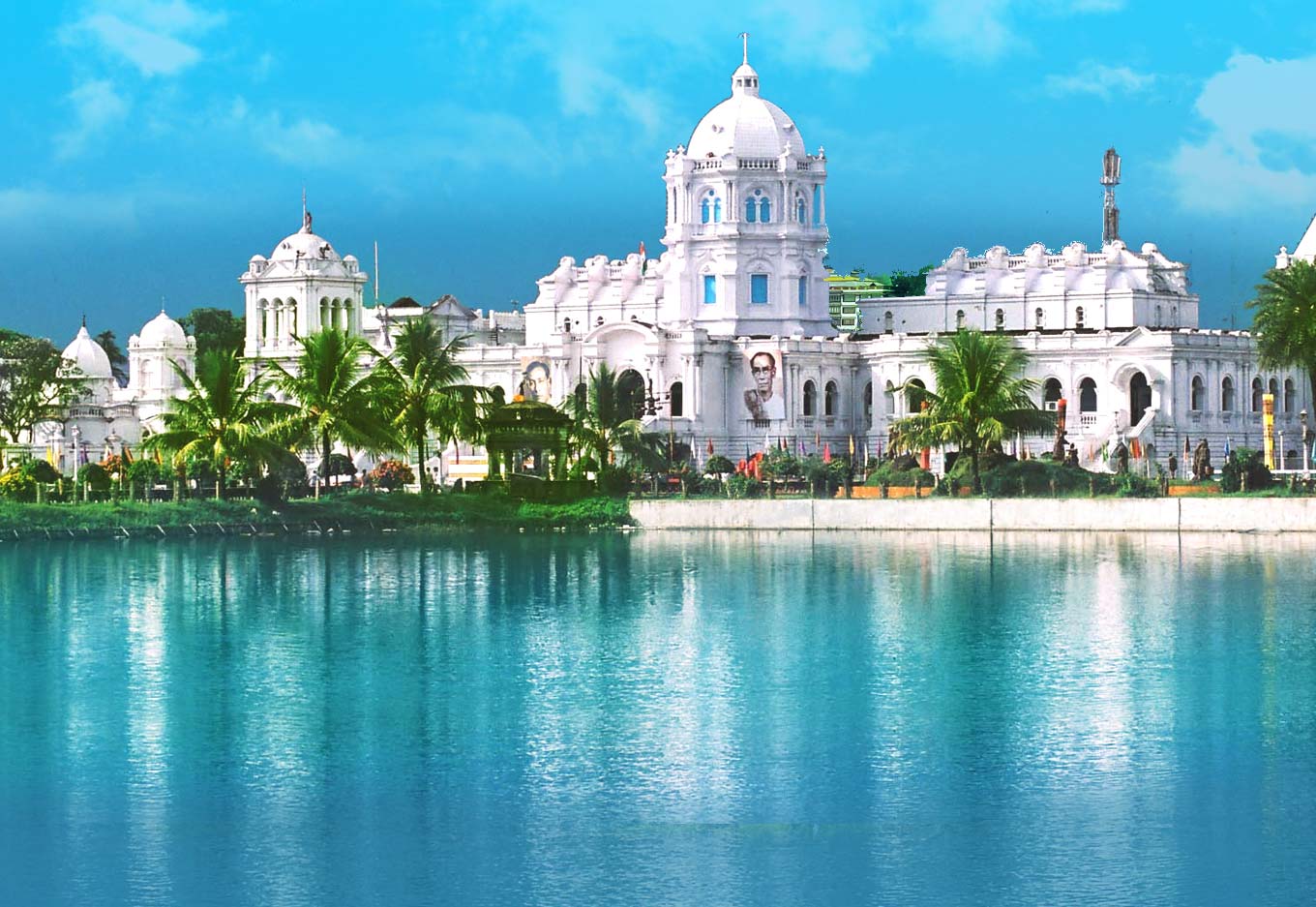
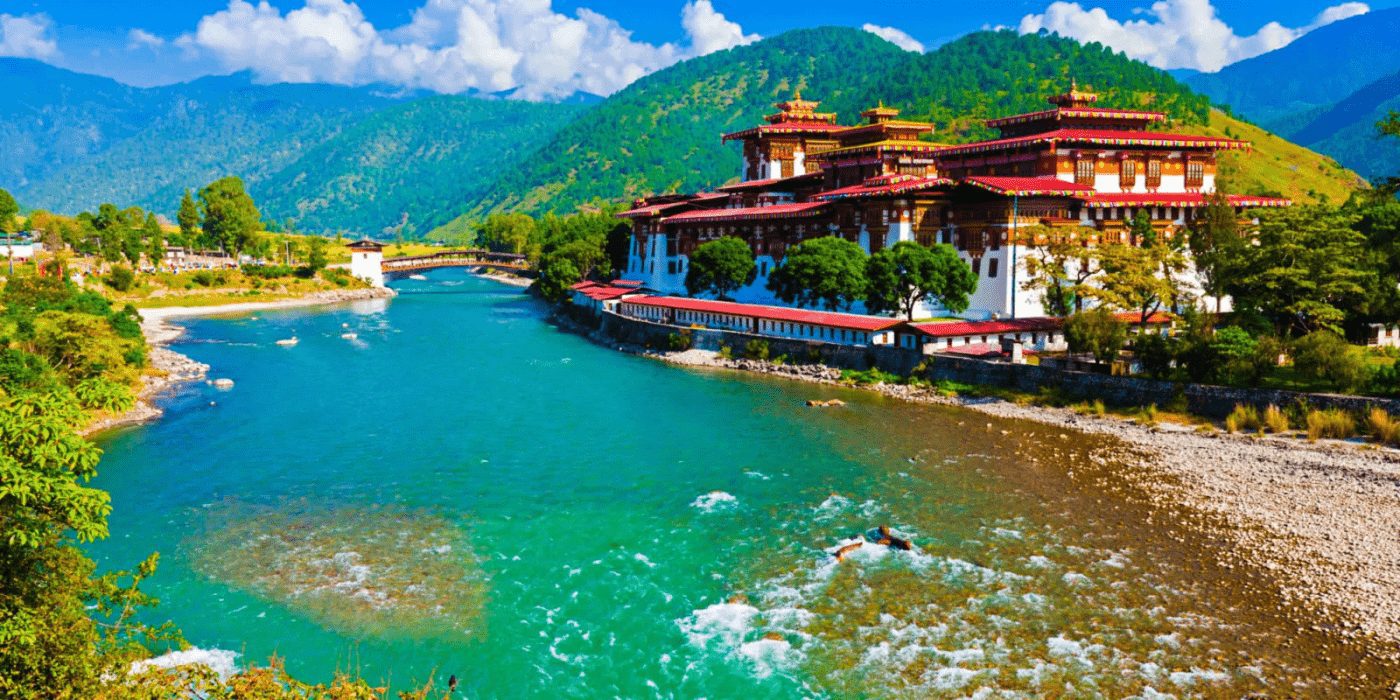
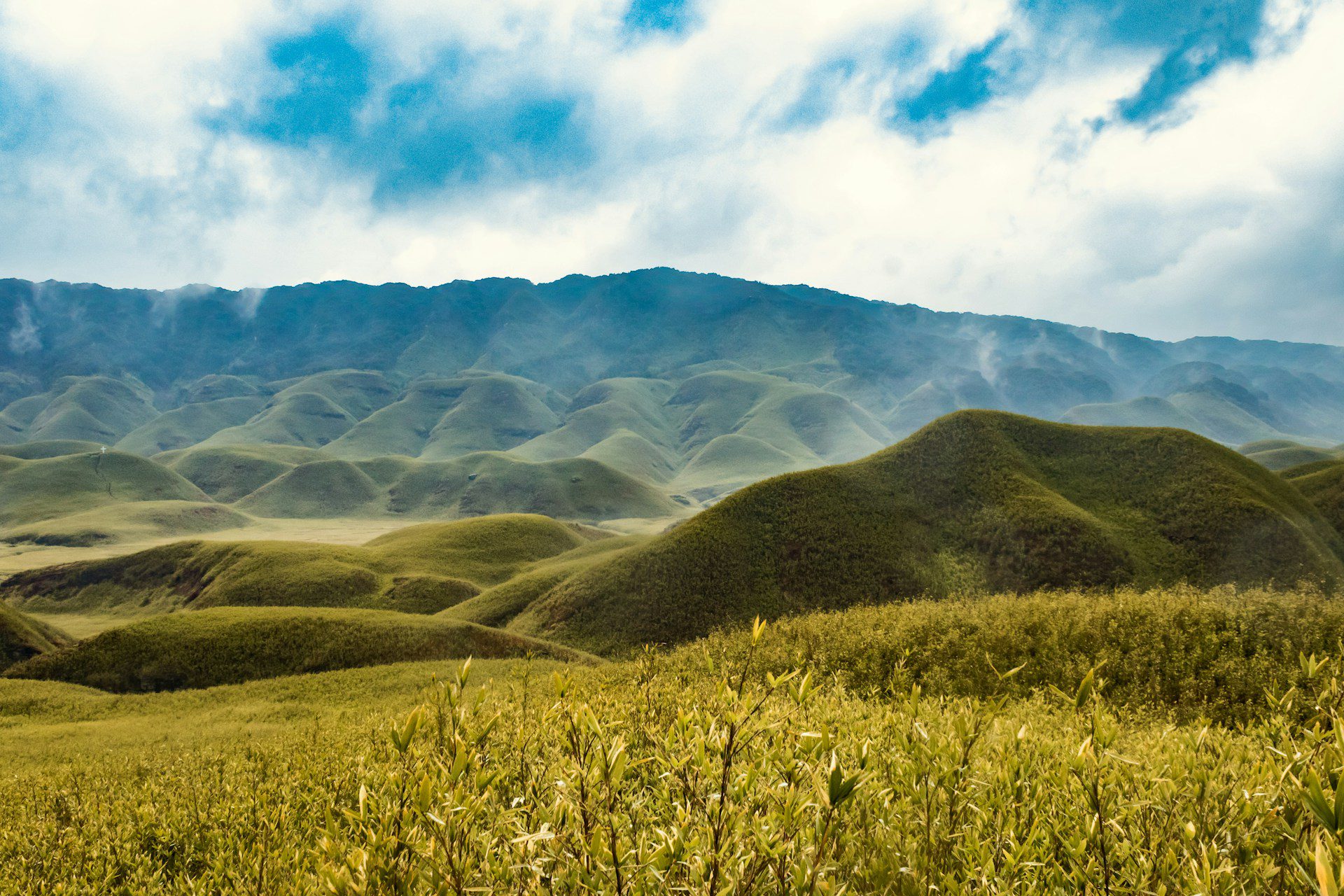
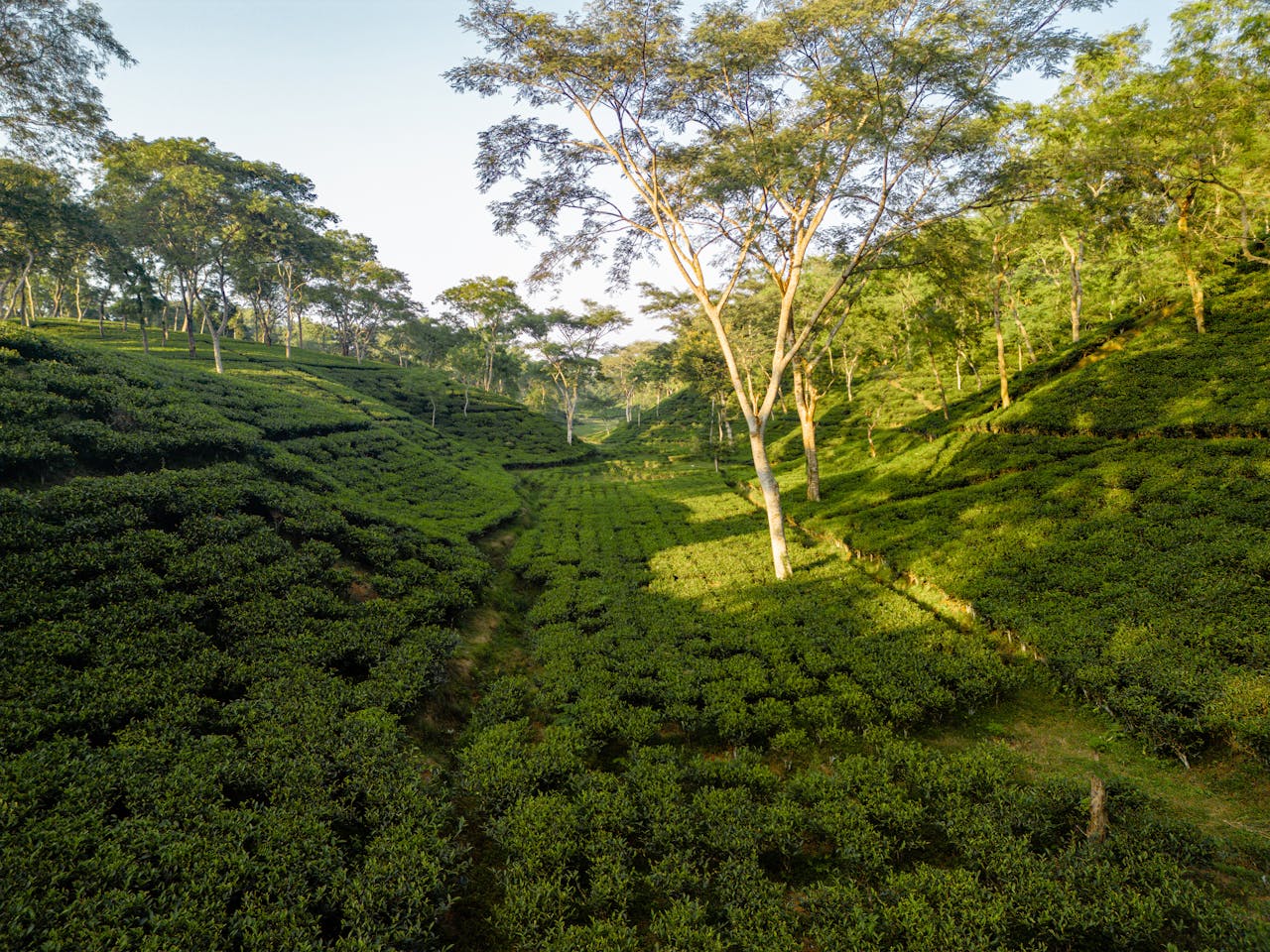
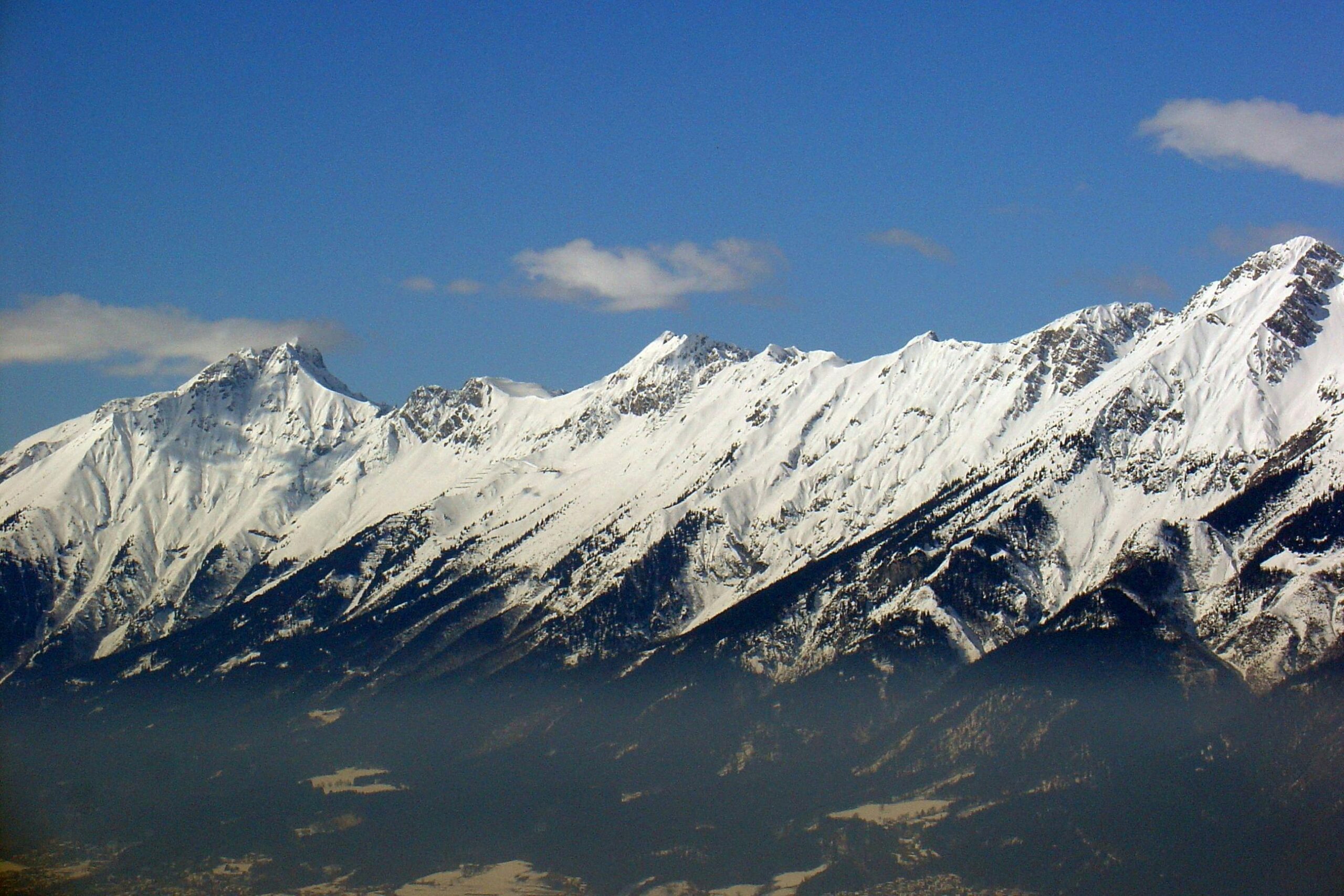
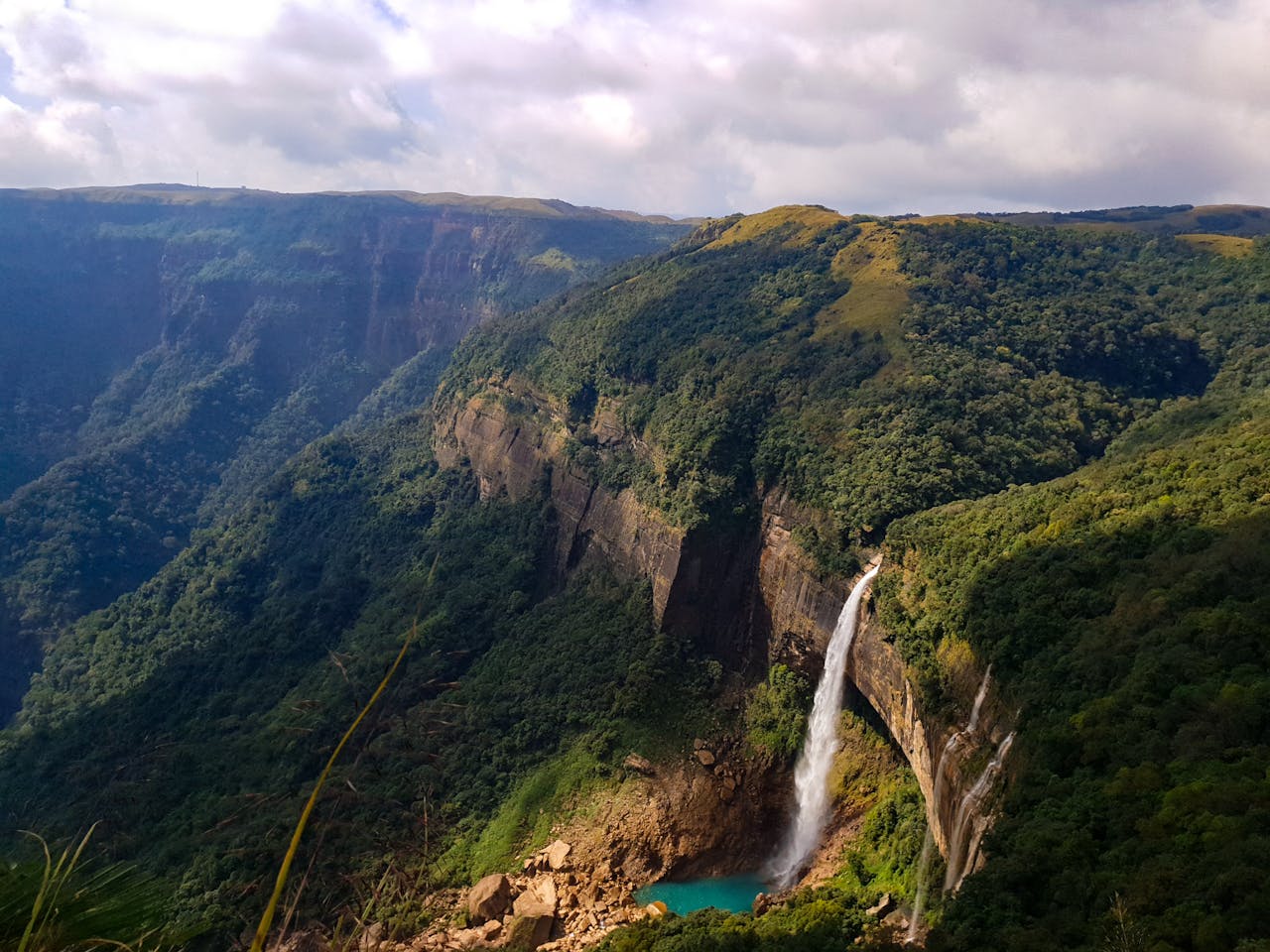
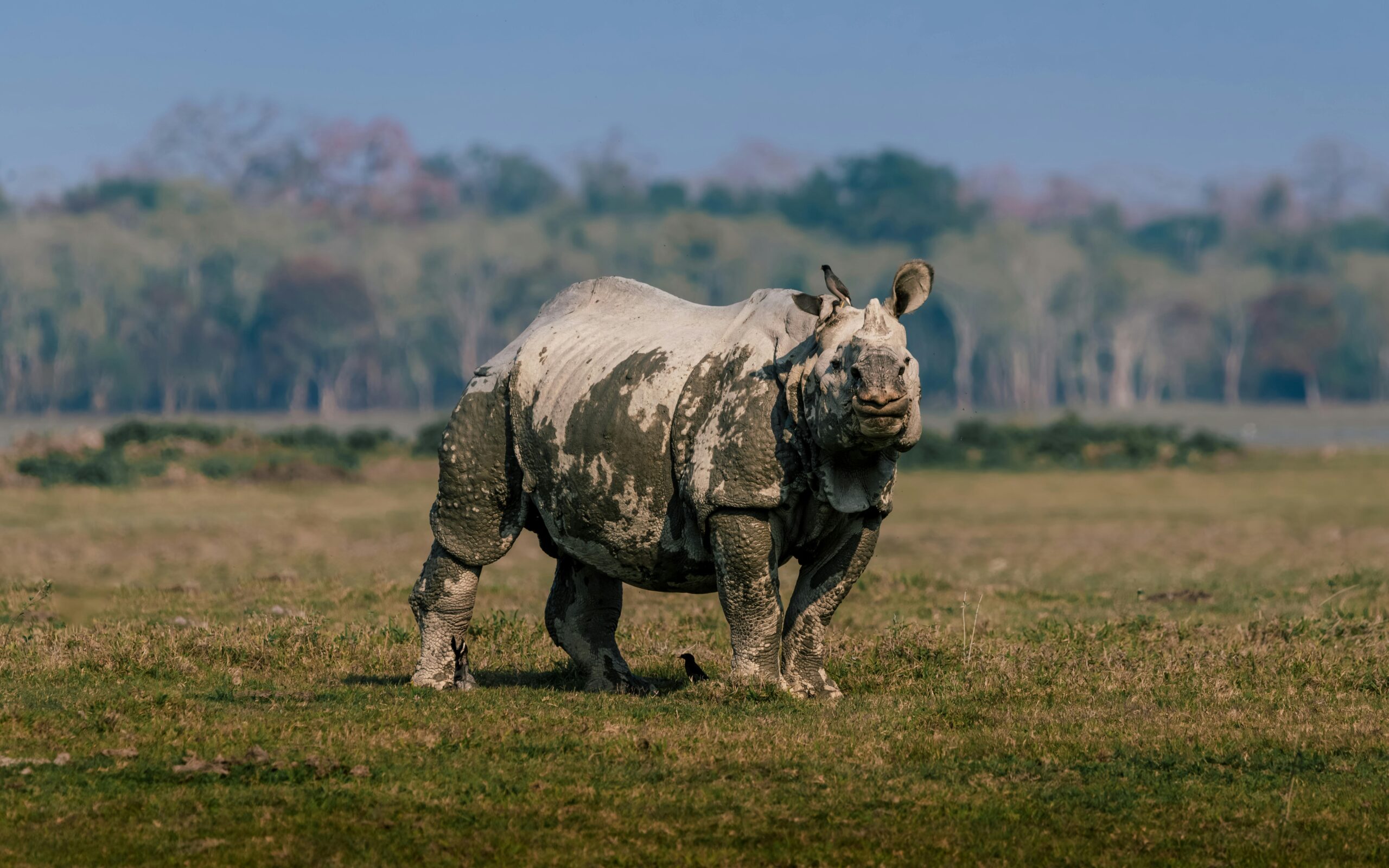





Leave a comment: